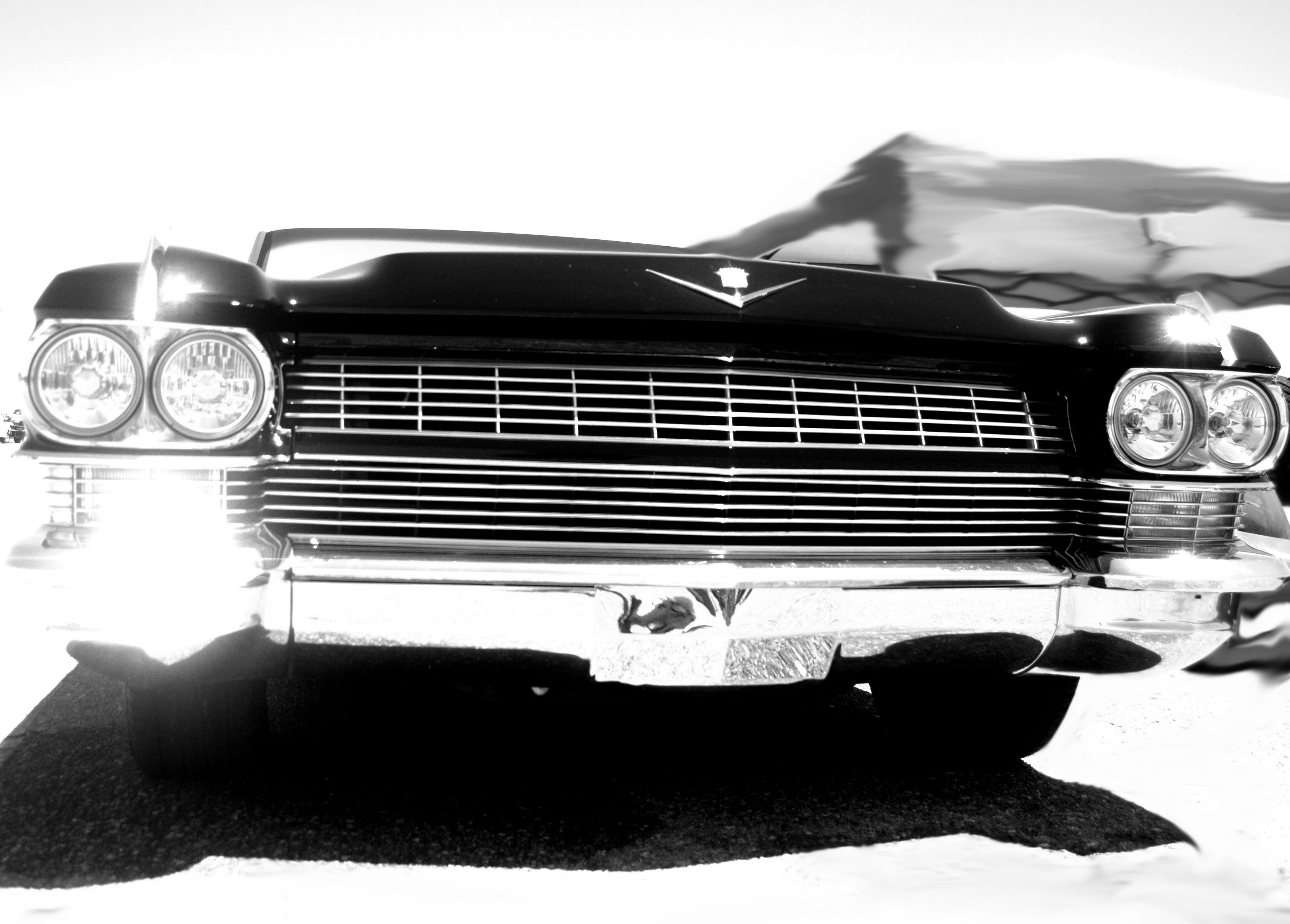I haven’t written a Parking Lot Spotlight (#ParkingLotSpotlight) in a while, but this beautiful Bonneville was worth breaking the dry spell for.
Spotted this beauty just today as I had to run back to the grocery store because there are days, although armed with a list, things just don’t make in the shopping cart. This particular return trip paid off.
The ’67 Pontiac lineup these days are pretty much dominated, at least in the collector world, by the Firebird, GTO, Tempest, LaMans, Gran Prix but I love the other two door offerings you could find in the showrooms. These include some awesome cars with long, low lines, roomy interiors and massive trunks. They came in hard and soft tops as well. Some of those sported model names like Executive series which in NO-WAY looked like a stuffy exec car. These were muscular and sporting. Cars like the Catalina 2+2 with (eight lug wheels) and the Pontiac Executive are exceptional looking cars and powered with V8s and 4bbl carbs.
I have always coveted the Bonneville models of the mid-1960, they remind me of my first car, 1966 Impala. Same long lines and big interiors and I loved the dash and instrument setup.
So check out this beauty:

Great looking paint – not original but beautiful

These are the lines I’m talking about. Long and low….AWESOME.

HUGE trunk!!! Love those inset taillights and how the bumper is incorporated into the design of the rear end.

Long and sleek belt lines and the white-painted top does this car justice!!

Over/Under headlights with the bottom set incorporated in to a beautiful distinctive chrome bumper. (One drawback of having to manage a good pic in a crowded parking lot – I couldn’t get the perfect front end shot.)
That year the Bonneville came in a 2 door hard top like this beauty as well as 4 door sedan, 2 door convertible and even a station wagon. Engines available were the 230 CID in various configurations as well as the 326 CID and the 400 CID engine and the 428 CID all as options. Sychromesh or Turbo-Hydromatic transmission were available. There were 96,708 passenger Bonnevilles produced. Of interest was that 483 Bonnevilles were sold to car converters and at least one of those turned up as the car that the fictitious (at the time) band the “Monkees” tooled around on the television show of the same name. Oh, you might have heard of the guy that bought at least one of the Bonnevilles and turned it into the this cool car – George Barris!!

MonkeeMobile
According to the for sales sign this Bonneville is powered by the 400 CID topped with a 4bbl carb which would put this between 333 HP and 350 HP. The transmission is the 400 Turbo-Hydromatic.
I love the interior of this factory air car!!!

Love the linear gauges!! Is that a factory 8 Track!?!?!!! Come on that is SO COOL!!!! Options list I found doesn’t show this as an option.

Cloth seats and look at all the room!!! Love the large center speaker and it has the front bench seats with the pull down arm rest. It looks as it should!!!
Of course I’m at the grocery store and no time to hang around and wait for the owner to show up.
As a side note I don’t know this car nor the owner.
Thanks for reading.
Tim





























